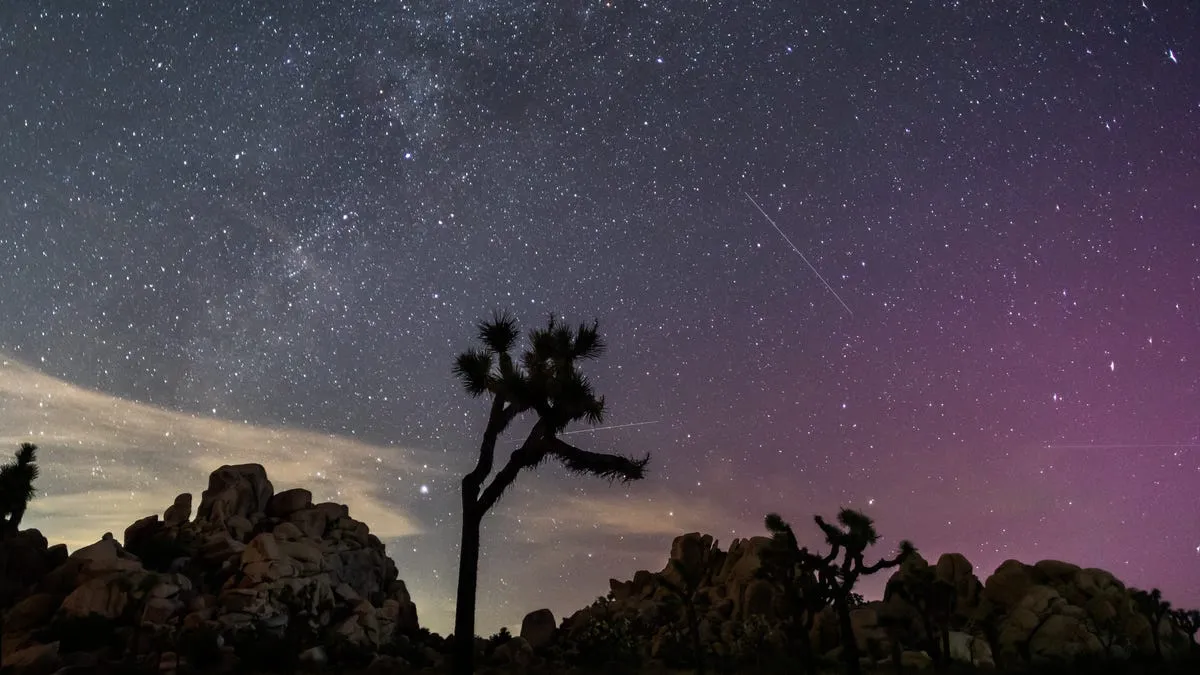
It’s that time of year again when astronomy enthusiasts eagerly anticipate the peak of the Perseid meteor shower, widely regarded as the best meteor shower of the year. This annual celestial event promises an impressive display, with observers able to witness between 50 to 100 meteors per hour, according to NASA. Meteor showers occur when Earth traverses through streams of debris left behind by comets and asteroids, as explained by the Natural History Museum in London. The peak of a meteor shower happens when Earth passes through the densest part of the debris stream, resulting in a significantly higher rate of meteors visible to the naked eye.
The Perseid meteor shower is active from July 17 to August 23, with its peak occurring between August 12 and 13 during the pre-dawn hours, as reported by NASA. It may even be possible to spot meteors as early as 10 p.m. on these nights. This year, the timing aligns perfectly for those eager to witness this astronomical phenomenon.
However, this year's Perseid shower may face challenges due to an 84%-full moon on the night of August 12. According to NASA, the nearly full moon will cast a significant glare, obscuring all but the brightest meteors. While a few bright meteors may still be visible in the pre-dawn hours, viewing conditions are not ideal. NASA suggests that skywatchers can look forward to another promising meteor shower, the Geminids, which will offer better viewing conditions in December.
The sky's condition, particularly the amount of cloud cover, is also crucial for the visibility of the meteor shower. On the night of Tuesday, August 12, regions in the southeastern United States, such as Georgia and North Carolina, may experience higher cloud coverage, potentially hindering visibility of the Perseid meteor shower.
If you're eager to catch a glimpse of the Perseid meteor shower, NASA offers several tips for optimal viewing:
Choose a higher altitude location to avoid haze, fog, and smoke that can obstruct your view.Locate a spot with darker skies, away from urban light pollution.Allow your eyes to adjust to the darkness, which can take up to an hour.Minimize the use of bright mobile devices and flashlights; opt for ultra-dim light sources. NASA recommends using red lamps or red LEDs as they have the least impact on night vision.The Perseid meteor shower, which peaks in mid-August each year, offers a breathtaking spectacle of bright meteors that leave long trails of light and color as they streak across the sky. These meteors are particularly known for their spectacular fireballs—larger explosions of light that can outshine the average meteor streak and last longer in duration. The meteors travel at a remarkable speed of 37 miles per second (approximately 133,200 miles per hour), according to the American Meteor Society (AMS).
The name Perseids is derived from their origin point in the sky, near the constellation of Perseus, named after the Greek hero. According to NASA, the constellation serves as a helpful guide for viewers to identify which meteor shower they are witnessing on a given night. It is important to note that the constellation itself is not the source of the meteors. The Perseids are actually particles released from the comet 109P/Swift-Tuttle, which orbits the Sun every 133 years. The last time this comet visited the inner solar system was in 1992.
As the eagerly awaited Perseid meteor shower approaches, prepare to enjoy one of nature's most enchanting displays. Whether you're an avid skywatcher or a casual observer, this celestial event promises to be a memorable experience.
For more information, feel free to reach out to Saleen Martin, a reporter on the USA TODAY NOW team, at sdmartin@usatoday.com.